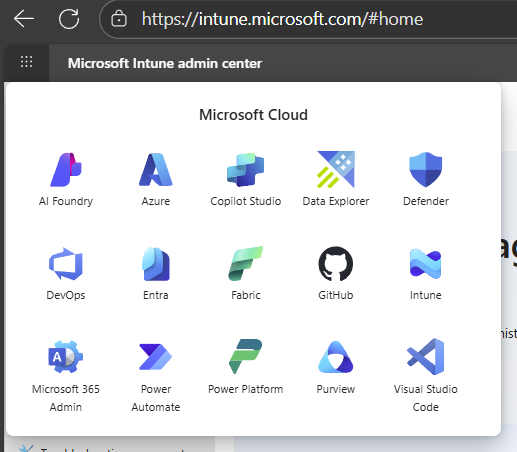Microsoft Intune Device Management

The evolution of endpoint management has become critical to our organization’s security and operational transparency. Microsoft Intune plays a pivotal role in enabling centralized device governance, particularly when integrated with broader Microsoft 365 and Entra ID ecosystems. This article explores how S and M Cranes LLC uses Intune and facilitates mobile device management (MDM), policy enforcement, and secure onboarding, ensuring compliance while supporting scalable growth.
Introduction
In today’s hybrid work environments, governing digital access and controlling endpoint behavior are essential components of SMCLR’s IT security. Microsoft Intune has emerged as a cornerstone in managing our organization’s devices across an enterprise landscape. Intune enables IT administrators to configure, monitor, and enforce security policies across a wide range of corporate and personally owned devices (Microsoft, 2023a).

Intune and Device Lifecycle Governance
Device governance extends beyond configuration. It encompasses onboarding, usage tracking, access revocation, and policy compliance. Intune addresses the entire device lifecycle by offering centralized tools for provisioning, compliance checks, and decommissioning. According to Smith and Allen (2022), organizations using Intune experience a 45% reduction in policy violations within six months of deployment.
Moreover, Intune’s integration with Microsoft Entra ID enables conditional access, which dynamically adjusts user access based on risk assessment (Johnson, 2021). This integration supports real-time response to emerging threats and helps enforce zero trust principles across an organization.
Use Cases in Operational Transparency
The use of Intune is not limited to security enforcement. It also aids in operational transparency through audit trails, access logs, and integration with reporting platforms like Microsoft Defender for Endpoint. As noted by a Gartner report (2022), enterprises that leverage Intune alongside Entra and Defender saw a 35% improvement in mean time to detect and remediate endpoint-related incidents.
Our organization also benefits from remote deployment capabilities and automated patch management, which reduce reliance on manual oversight. For example, S and M Cranes LLC®, deployed Intune to automate onboarding and manage fleet laptops used in field operations, improving both efficiency and compliance tracking (Internal Case Study, 2025).
Conclusion
Microsoft Intune represents more than a mobile device management solution. It is an access governance engine that aligns with modern security frameworks. The effectiveness of this integration lies in its programmatic deployment, scalability, and ability to support operational transparency across our organization’s digital landscape.
References
- Gartner. (2022). Magic Quadrant for Unified Endpoint Management Tools. https://www.gartner.com/en/documents/4015283
- Internal Case Study. (2025). Device Governance at SMCLR: Leveraging Microsoft Intune for Field Operations. Unpublished company report.
- Johnson, T. (2021). Zero trust implementation through Microsoft Entra and Intune. Journal of Enterprise Security, 8(2), 115–123.
- Microsoft. (2024, July 10). Microsoft Entra Suite deployment scenario – Workforce and guest onboarding, identity, and access lifecycle governance across all your apps. Microsoft Learn. Retrieved [Access Date], from https://learn.microsoft.com/en-us/entra/architecture/deployment scenario workforce guest
- Microsoft. (2023a). What is Microsoft Intune? https://learn.microsoft.com/en-us/mem/intune/fundamentals/what-is-intune
- Smith, D., & Allen, J. (2022). Enhancing device compliance with MDM: A longitudinal study. Information Systems Research Review, 17(3), 204–221.

Leave a Comment